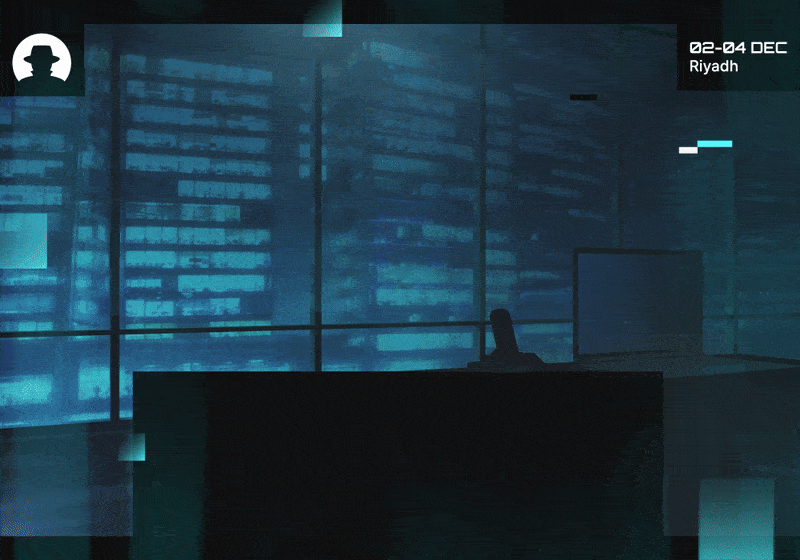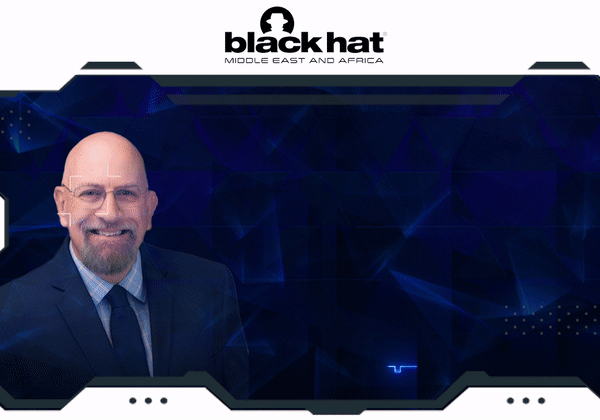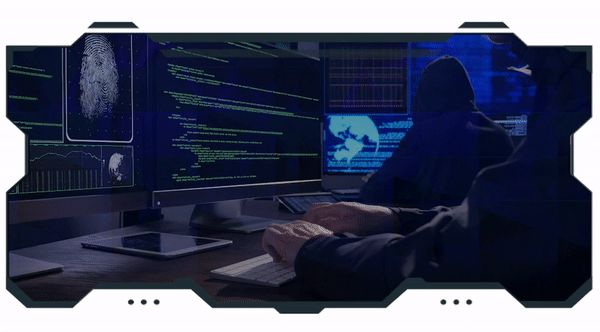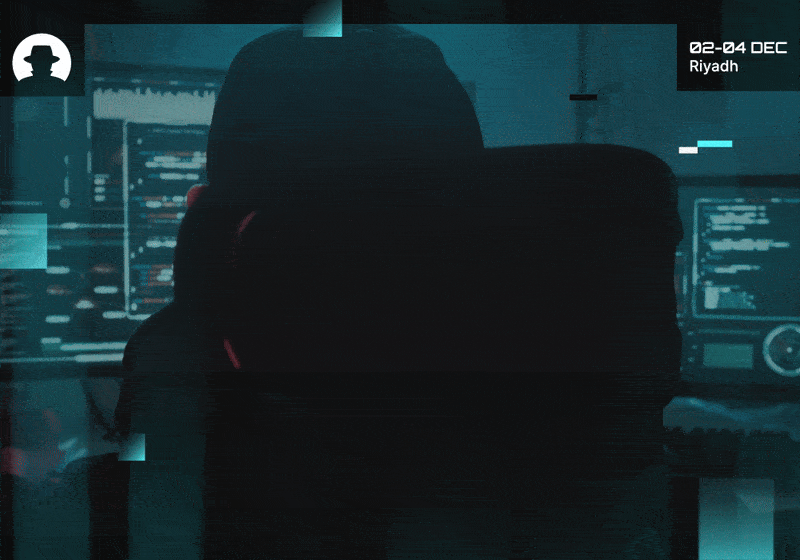
Where CFOs plan to spend – and what it means for cyber
New data shows where CFOs are putting their money – and how CISOs can position cybersecurity amid AI hype and tech transformation pressures.
Read More
Shoutout to the new 80 cyber warriors who joined us last week. As a subscriber, you'll be among the first to receive our weekly newsletters every Wednesday, packed with all the latest news, updates, and insights.
Stay in the loop with our weekly LinkedIn newsletters. We can't wait to connect with you!
Whether or not cybersecurity leaders should be active on social media.
Because we had a chat with Gary Hayslip (CISO at Softbank Investment Advisers). As well as a global CISO with a track record of delivering security operations for multi-billion dollar businesses, he’s also an author and thought leader.
To maintain a presence as a thought leader in any industry, you have to be visible. And Hayslip deftly navigates the line between online visibility and professionalism.
“I view my online presence as part of being a thought leader, CISO, and author,” he said. “It is how I stay actively involved in my community and share knowledge with peers and new practitioners who are joining our growing community.”
“That presence allows me to speak with authority at work about specific subjects when asked by my leadership team. It also opens doors for me when speaking with vendors and negotiating for new technologies.
Being visible online brings security risks for everyone, no matter what work they do. And if you, as a cybersecurity professional, are going to build an online presence, you’ve got to do it carefully.
There are the vulnerabilities that everyone has to deal with: the risk of identity theft; of your social media account becoming an entry point into your organisation; and issues around IP if you’re sharing work-related images online.
Social media hacking is a growing concern – from the 2018 Facebook breach that left 50 million accounts exposed, to the sharp rise in botnet accounts that are used to gain control of users’ devices and access their confidential data.
Knowing who to trust (and who’s a real person at all) is increasingly difficult.

Cybersecurity is a rapidly evolving discipline, and this year’s accurate information might not stand up next year. Which means that cyber thought leaders have a particular challenge online: you have to work hard to stay up to date and show your audience that you’re relevant, informed, and credible.
Hayslip put it like this:
“One of the hardest parts of managing an online presence is you must keep it current and provide content that is relatable and wanted by those who follow and trust you. It carries a responsibility and if neglected it can impact you and can take time to repair the trust you have built with your community.”
All that being said, if you stay aware and stay relevant, connecting with an audience on social media is an invaluable practice for growing your authority – and being recognised as a thought leader.
So:
➡️ Be active online
➡️ Share your point of view, and back it up with real experience
➡️ Interact with others on social media – comment, share, repost
➡️ Don’t be afraid to enter a conversation: contribute your expertise whenever you have something valuable to add
Because you can’t be a thought leader if no one knows what you think.
Read our full interview with Gary Hayslip: CISOs - The pros and cons of being visible online.
Have an idea for a topic you'd like us to cover? We're eager to hear it! Drop us a message and share your thoughts. Our next newsletter is scheduled for 7 June 2023.
Catch you next week,
Steve Durning
Exhibition Director
P.S. - Mark your calendars for the return of Black Hat MEA from 📅 14 - 16 November 2023. Want to be a part of the action?
Join the newsletter to receive the latest updates in your inbox.

New data shows where CFOs are putting their money – and how CISOs can position cybersecurity amid AI hype and tech transformation pressures.
Read More
In Dune, power flows to the one who can destroy a thing. In cybersecurity, attackers now hold similar leverage over identity and systems.
Read More
A contrarian take on AI in 2026: why security teams may actually need AI to become dull, predictable, and standardised – and how that shift could reduce risk.
Read More